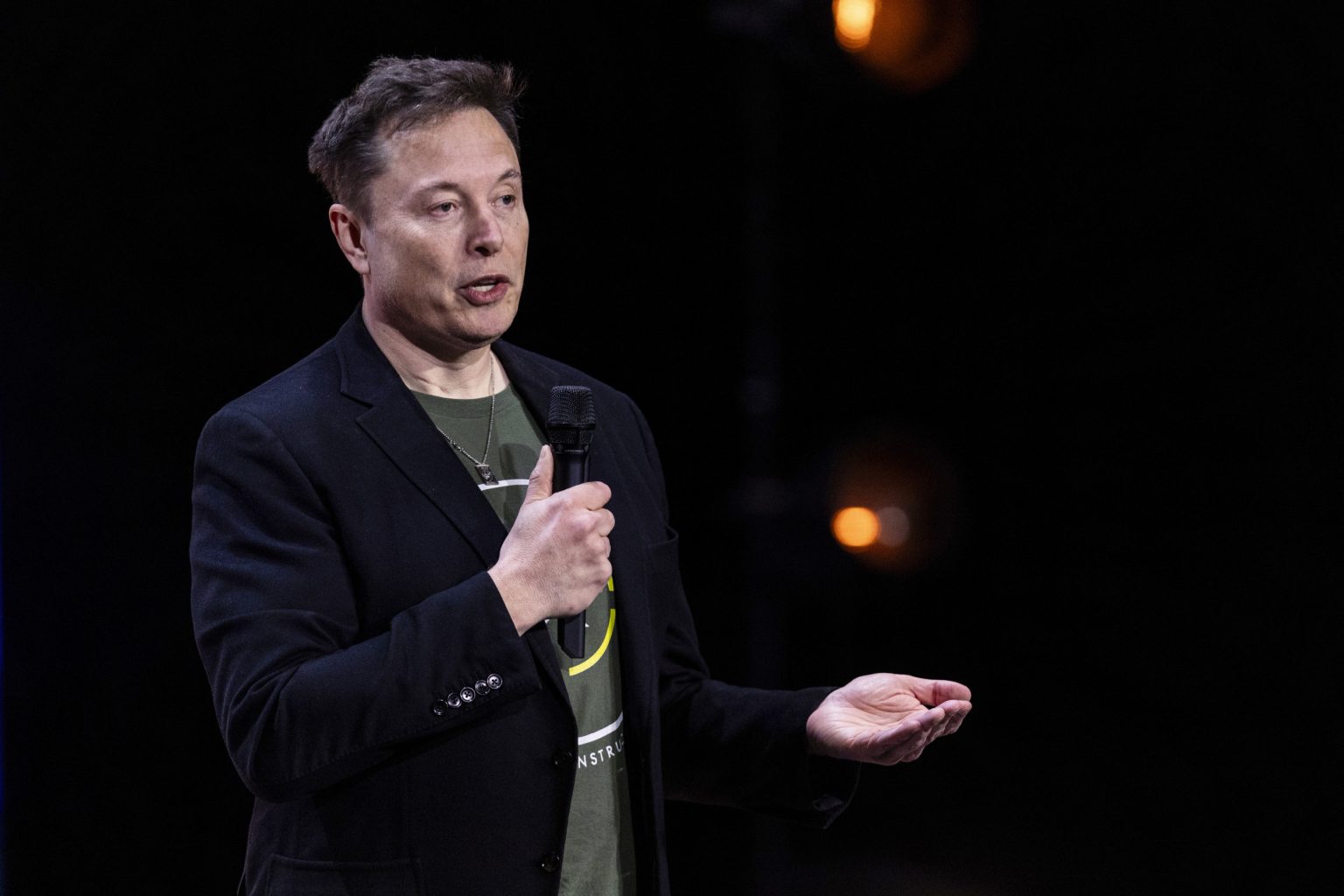Tesla CEO Elon Musk recently made a bold claim that by 2040, there will be over 10 billion humanoid robots on Earth, surpassing the human population. These robots, capable of performing any task, are projected to cost between $20,000 and $25,000, making them accessible beyond just industrial applications. However, industry experts have expressed skepticism about the feasibility and practicality of such a vision. Professor Angelo Cangelosi, who specializes in machine learning and robotics, described Musk’s forecast as unrealistic, suggesting that while robots may be able to perform complex tasks, they will be specialized in specific areas rather than universally capable.
Cangelosi noted that technological revolutions could occur within the next 25 years, but the idea of a single robot capable of performing all human tasks is unlikely to materialize. Tesla has already started showcasing prototypes of its humanoid robot Optimus, demonstrating limited tasks such as autonomous navigation and serving food. While these demonstrations are visually impressive, Cangelosi pointed out that they may not accurately represent the challenges involved in ensuring consistent performance from such robots. He emphasized the importance of understanding how to make sure these actions can be replicated reliably rather than just as a one-time occurrence.
Questioning the necessity of having 10 billion robots on Earth, experts have highlighted the concept of robotic efficiency, which suggests that fewer robots are needed because each can perform multiple roles efficiently. Cangelosi explained that the efficiency of robots in tasks like manufacturing reduces the need for a large number of individual robots. Despite Musk’s optimistic price point of $20,000 for these robots, affordability remains a significant obstacle for the majority of the global population, limiting their potential for personal or household use. Musk himself acknowledged the uncertainties surrounding his predictions, stating that he aims for a 50th percentile likelihood, meaning he may be wrong half of the time.
As Musk’s vision for humanoid robots surpassing the human population by 2040 continues to spark discussion and debate, experts in the field have raised concerns about the feasibility, practicality, and necessity of such a scenario. While advancements in technology may lead to significant breakthroughs within the next few decades, the idea of universally capable humanoid robots remains speculative. Demonstrations of prototypes like Tesla’s Optimus robot offer a glimpse into the potential of these machines, but ensuring consistent and reliable performance poses a significant challenge that must be addressed. Affordability and the efficiency of robots in performing multiple tasks also present hurdles that need to be considered in evaluating the viability of Musk’s vision for the future of robotics.


